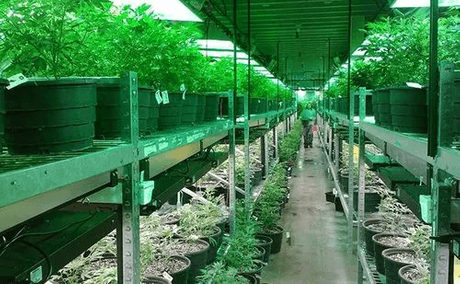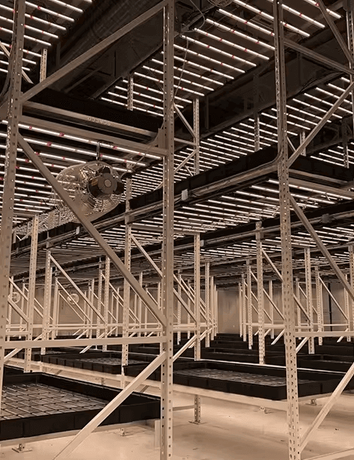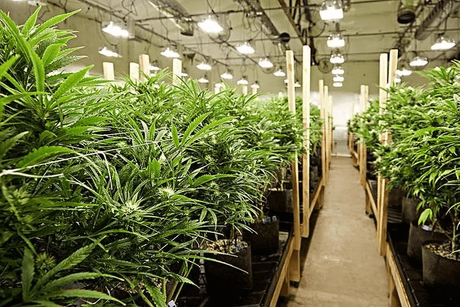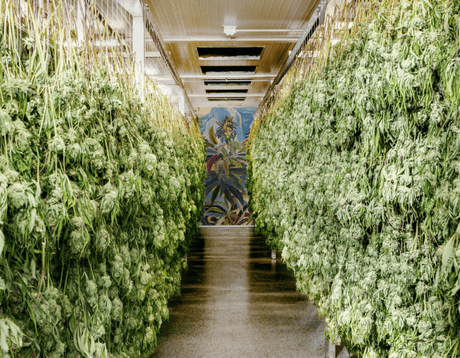Vertical grow racks have gained popularity in recent years as a sustainable and efficient method for cultivating plants in limited space environments. These innovative systems utilize vertical space to maximize plant growth while minimizing the footprint required for traditional horizontal farming. In this article, we will delve into the working principles of vertical grow racks, exploring how they function and the benefits they offer to growers.
Structure and Design: At the core of vertical grow racks is their unique structure and design. Typically, these racks consist of multiple tiers or shelves arranged vertically, allowing plants to be stacked one above the other. The design may vary depending on the specific needs of the grower, with some racks featuring adjustable shelves to accommodate plants of different sizes.
The racks are often constructed from durable materials such as steel or aluminum to withstand the weight of the plants and provide stability. Additionally, they may incorporate features such as built-in lighting, irrigation systems, and ventilation to create optimal growing conditions for the plants.
Watch a video about Thump vertical grow rack for indoor horticulture
Vertical Growing System: The primary working principle of vertical grow racks lies in their ability to create a controlled environment conducive to plant growth. By stacking plants vertically, growers can maximize the use of available space and increase the overall yield per square foot.
Vertical growing systems typically utilize hydroponic or aeroponic techniques to deliver water, nutrients, and oxygen directly to the plant roots. In hydroponic systems, plants are grown in nutrient-rich water without soil, while aeroponic systems mist the plant roots with a nutrient solution.
These systems provide plants with the essential elements they need for growth while minimizing water usage and nutrient wastage. Moreover, they allow for precise control over environmental factors such as temperature, humidity, and lighting, enabling growers to optimize plant growth and productivity.
Advantages of Vertical Grow Racks: Vertical grow racks offer several advantages over traditional horizontal farming methods. One of the primary benefits is their ability to maximize space utilization, making them ideal for urban farming or indoor cultivation facilities where space is limited.
Additionally, vertical grow racks promote efficient use of resources such as water, nutrients, and energy. By providing plants with precisely what they need, growers can minimize waste and reduce environmental impact.
Moreover, vertical growing systems are highly scalable, allowing growers to expand their operations vertically rather than horizontally. This scalability makes them suitable for both small-scale hobbyists and large-scale commercial growers.
Furthermore, vertical grow racks offer greater flexibility and control over growing conditions, allowing growers to experiment with different crops, varieties, and growing techniques. This flexibility enables growers to adapt to changing market demands and seasonal variations.
Challenges and Considerations: While vertical grow racks offer numerous benefits, they also present some challenges and considerations for growers. One challenge is the initial investment required to purchase and set up the racks, especially for larger-scale operations. Additionally, maintaining optimal growing conditions such as lighting, humidity, and temperature can require careful monitoring and adjustments.
Moreover, selecting the right crops and varieties for vertical cultivation is essential to ensure success. Some plants may not thrive in vertical growing environments or may require specialized equipment or techniques.
Conclusion: In conclusion, the working principles of vertical grow racks revolve around maximizing space utilization, resource efficiency, and control over growing conditions. By stacking plants vertically and employing hydroponic or aeroponic growing techniques, these innovative systems offer numerous benefits to growers, including increased yields, resource savings, and flexibility. While challenges exist, the potential for vertical grow racks to revolutionize agriculture and address food security challenges is promising. As technology advances and growers continue to innovate, vertical farming is poised to play a significant role in the future of sustainable agriculture.
 English
English








